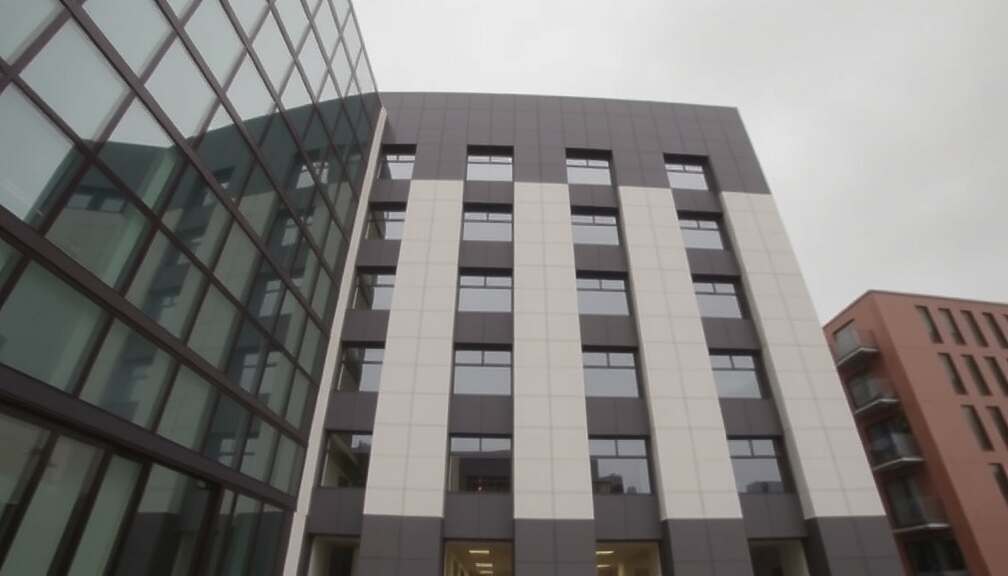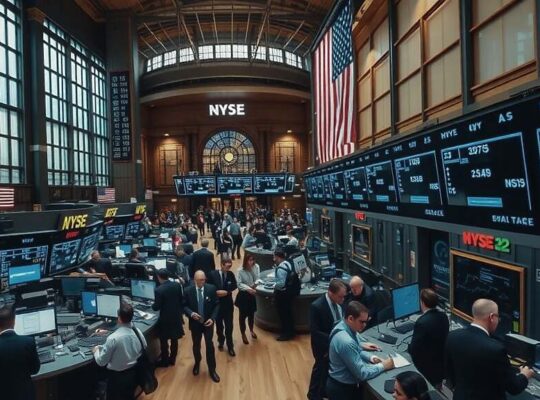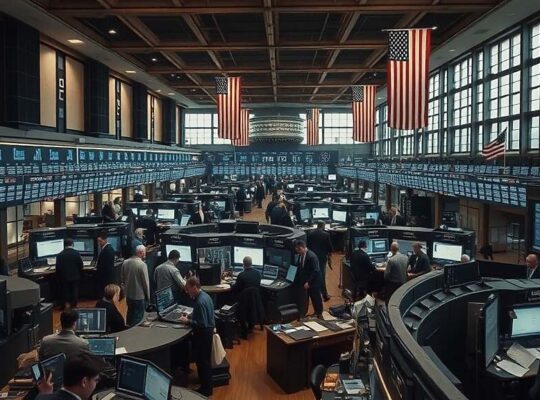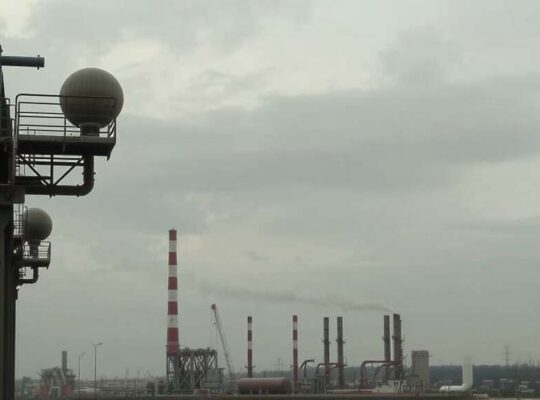The German DAX index experienced a marginal increase on Thursday, closing at 24,611 points, a 0.1% gain compared to the previous day’s close. The session’s performance reflected a tentative market sentiment, initially rising after a hesitant start, only to dip below previous highs in the afternoon before a late-day recovery.
Market analyst Andreas Lipkow attributed the observed volatility to a renewed appetite for risk among investors, suggesting a tendency to “stretch the bow” beyond established norms. This sentiment was partially echoed by the generally positive reception of Ottobock’s initial public offering (IPO), a signal that appetite for new market entrants remains, despite ongoing economic uncertainties.
While the session saw fluctuations, Bayer and Heidelberg Materials led the gains throughout much of the trading day, contrasting with the underperformance of Zalando shares which consistently anchored the bottom of the rankings. The disparity highlights the varied fortunes of companies navigating a complex and evolving economic landscape.
Beyond equities, significant downward pressure was evident in energy markets. Natural gas prices fell to €32 per megawatt-hour (MWh) for November delivery, a 1% decrease from the previous day. This reduction, while potentially easing pressure on consumers, sparks debate about the long-term stability of current pricing, with implications suggesting consumer electricity prices could remain significantly elevated – potentially exceeding 8 to 10 cents per kilowatt-hour (kWh) when factoring in levies and taxes. Concerns remain that the volatility reflects broader geopolitical anxieties rather than a fundamental shift in supply and demand.
Similarly, benchmark Brent crude oil prices receded to $66.05 per barrel, a 20-cent, or 0.3% decline. This downward trend reinforces anxieties about slowing global economic growth and its potential impact on energy demand, despite persistent geopolitical tensions which typically support higher prices.
The euro also weakened throughout the afternoon, trading at $1.1572, resulting in an exchange rate of $0.8642 for one euro. This depreciation further complicates the economic forecasts for the Eurozone, potentially impacting trade balances and increasing inflationary pressures in the region and raising questions about the European Central Bank’s monetary policy responses to a weakening currency amidst stubborn inflation. The market carefully assesses whether this decline signals a longer-term trend or a temporary fluctuation influenced by wider global financial currents.












